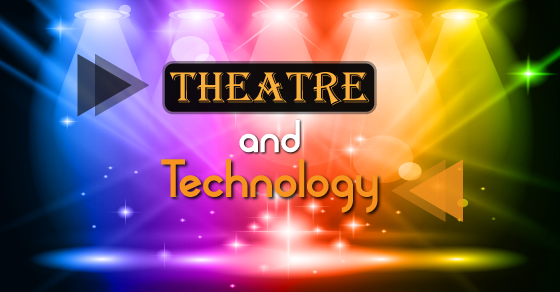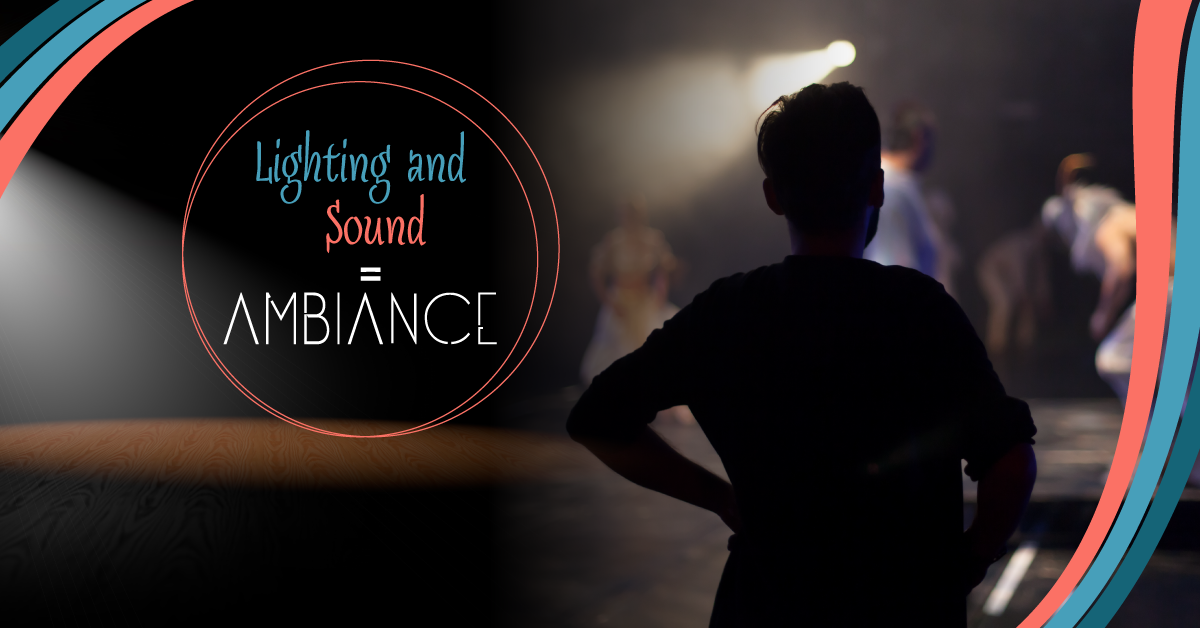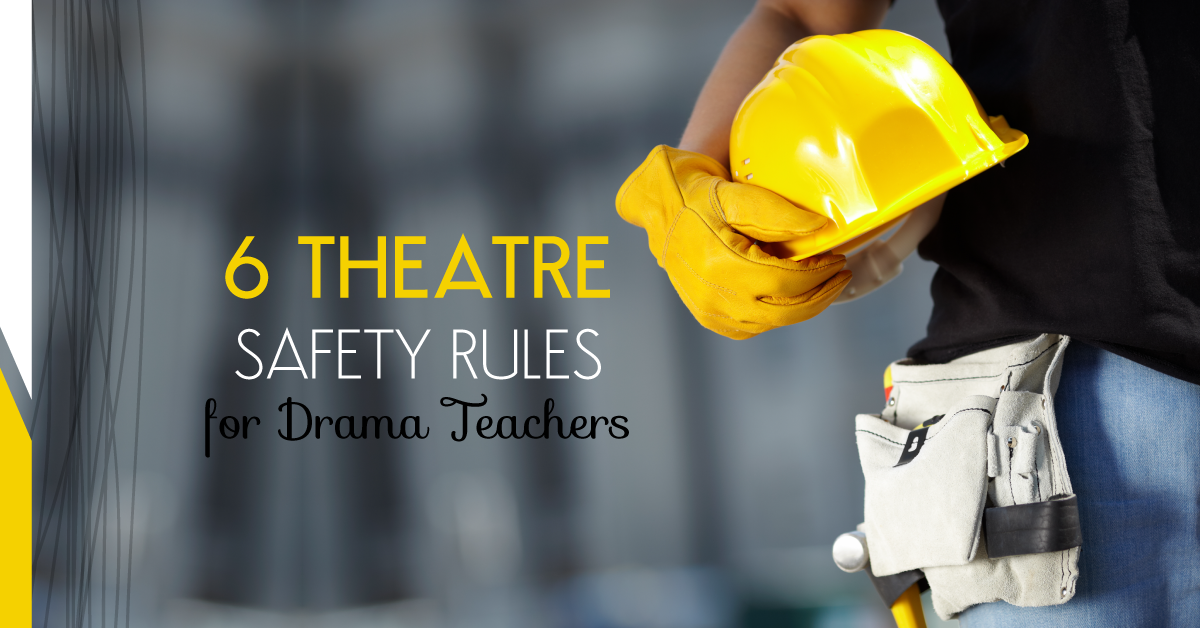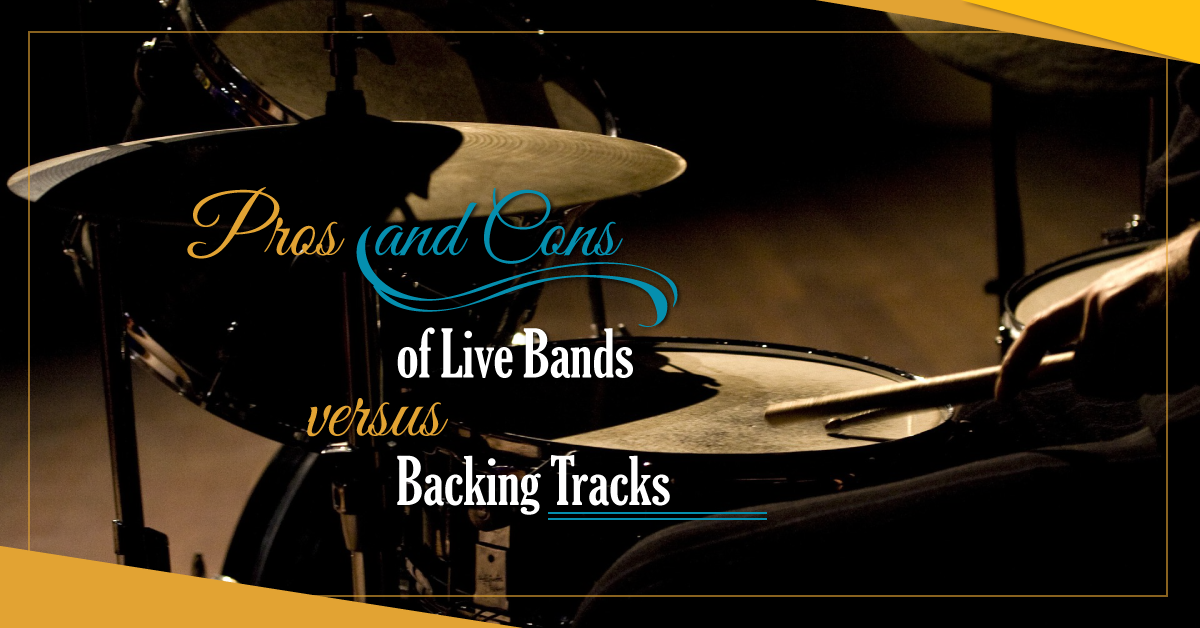Theatre and Technology
Awhile back, The Guardian compiled five of “the best video talks on theatre” and I wanted to share them with you as well.
The article asks the question: “How can the performing arts compete against technology?” I wonder if that’s the right question to ask. In fact, it seems pretty odd to me because “compete” is really the wrong word. Theatre competing against technology, who would win that fight? The spry young whippersnapper, always moving, always bobbing? Or the elder statesman who knows exactly when to punch?
My bias may be with the elder statesman, except for the fact that I love the technological world we live in today. Technology is an effective complement to almost every step of my playwriting process. I use technology for everything from helping with research, to writing drafts, to organizing workshops to posting production photos. And though many writers did just fine for hundreds of years before the technological age, I would not want to write without it.
Why do theatre and technology have to be thrown into an adversarial role? Why do they have to compete? Why can’t the two co-exist? And within the question of how the performing arts can compete against technology, what kind of technology is being referenced? Technology today has a sprawling reach – it encompasses so many things, so many pieces of machinery, so many nuts, bolts and computer sparks flying through space, zinging up and down wires.
What exactly about technology is in competition with the theatre? Is it idea vs idea? Is it machine vs building? Is it screens vs the stage?
There are so many technological elements that have been such a help and support to the theatre – the light and sound areas alone are astounding. We can create worlds through pools of light, projections, and soundscapes like never before.
Does technology here mean eyeballs on a medium? Does technology win because fancy bells and whistles capture more eyeballs than theatre does? The death of theatre has long been predicted and it hasn’t happened yet.
Further to that, in some circles, to compete is to suggest a winner. But how can you have a winner when the two objects are apples and oranges? They aren’t on the same playing field, so to pit one against the other seems, well, useless and unproductive.
What do you think? How can the performing arts compete against technology? Is the question viable? Or does the question miss the boat on the relationship between theatre and technology?
Exercise :
For our students, any competition between theatre and technology is a non-sequitur. Technology is a part of their life and they expect to see it as part of their theatre. To that end, use this exercise with your students.
Divide your students into groups. All of the groups are going to get the same story: a storm. It can be a tornado, a hurricane, a blizzard. The characters have to be in the middle of the storm (so no hiding in a root cellar while a tornado passes by off stage) and we have to see the storm on stage. Decide on what kind of storm, the characters involved, and the location.
Divide the groups in half.
The first group of students get the direction: No technology. They’re not allowed to use lights, recorded sound effects, music, or projections. The storm must be created using just the actors and raw materials (fabric would be allowed but printed pictures would not). They can’t use technology in any way.
The second group gets the direction: All technology. They must use technology to support their scene – projections, sound effects, lighting effects. They can’t use traditional theatre techniques (like using fabric to show waves). The actors can say their lines, but they can’t use action to create their visuals – it has to be shown through technology.
The aim of the exercise is to go to the extreme on both sides of the coin : all technology or no technology. Students may get frustrated by what they can or cannot do and that’s part of the exercise. How do they meet the challenge? On the technology side, it’s important to emphasize that it’s not the sophistication of the final product that counts but the approach. Maybe you don’t have a screen for projections, but students could certainly create a slide deck on a computer. This is not an exercise to prove one method is better than the other. To that end, assess this as a process-over-product exercise with a participation rubric.
Each group decides how they’re going to tackle the challenge, rehearses and presents. After the presentation, discuss the place of technology in the theatre. What worked? What wasn’t as successful? Is it more effective to use a piece of fabric to show a wave or to show a picture? Which is more theatrical? Why? Is it better to combine methods?



